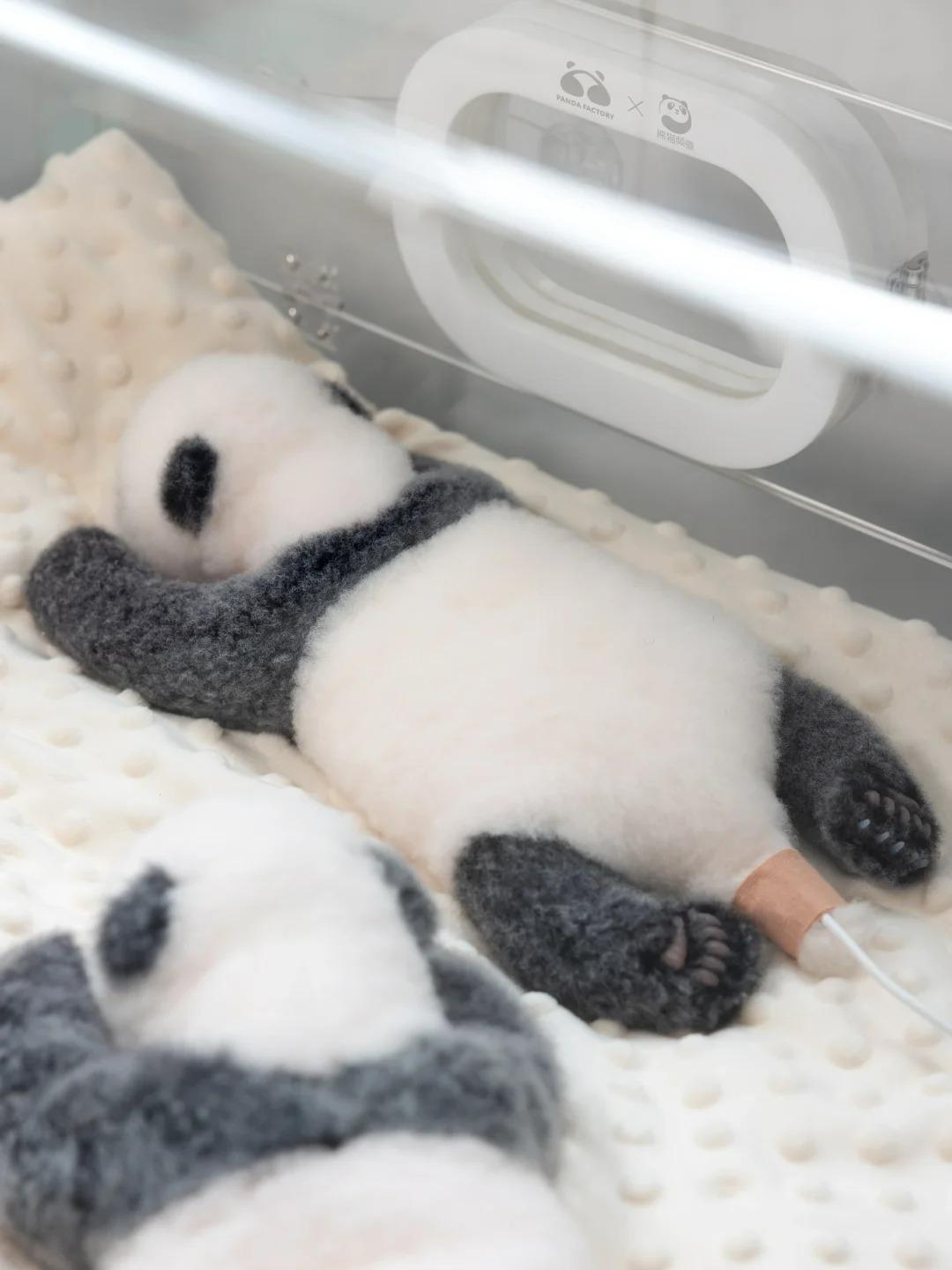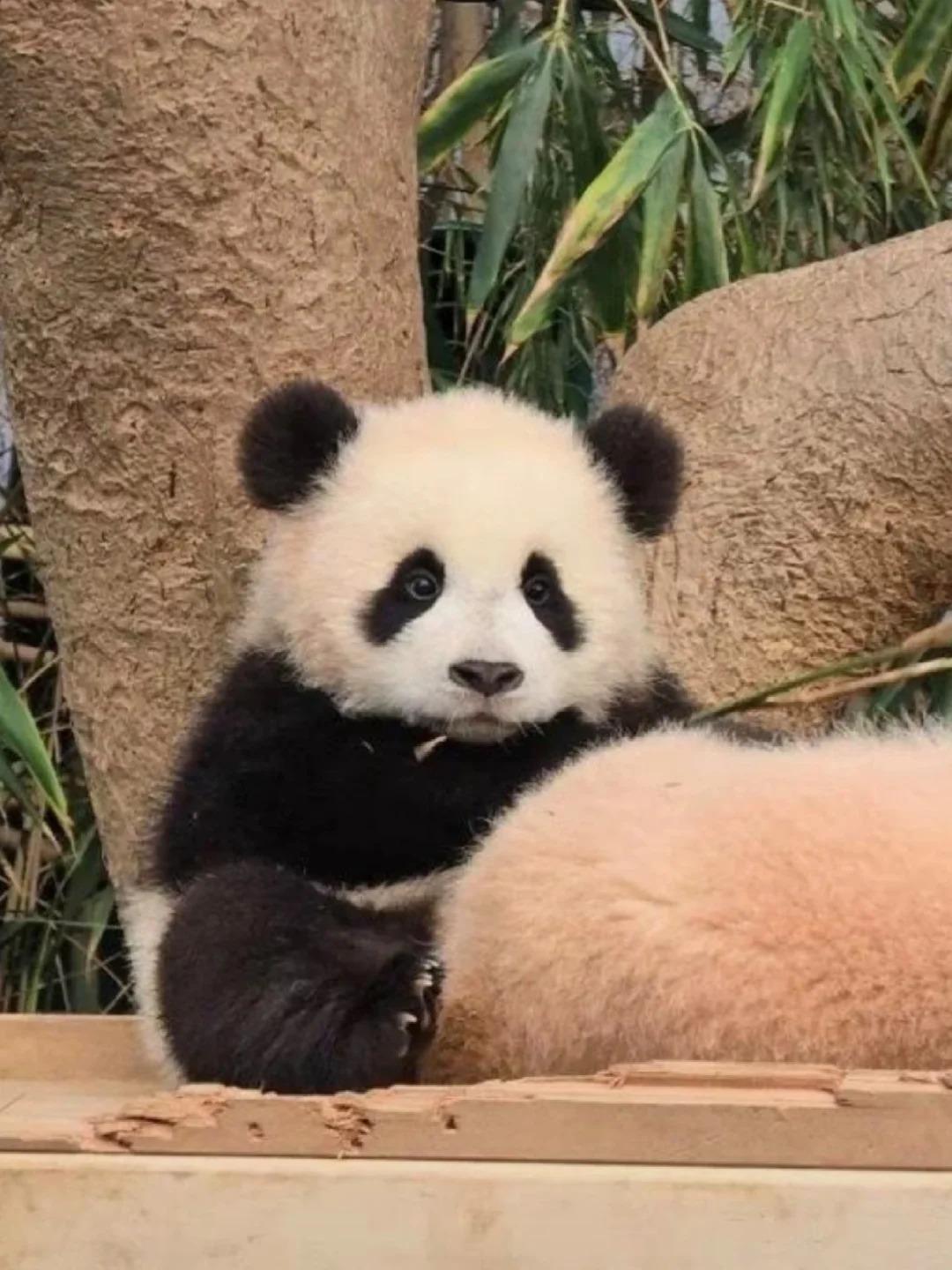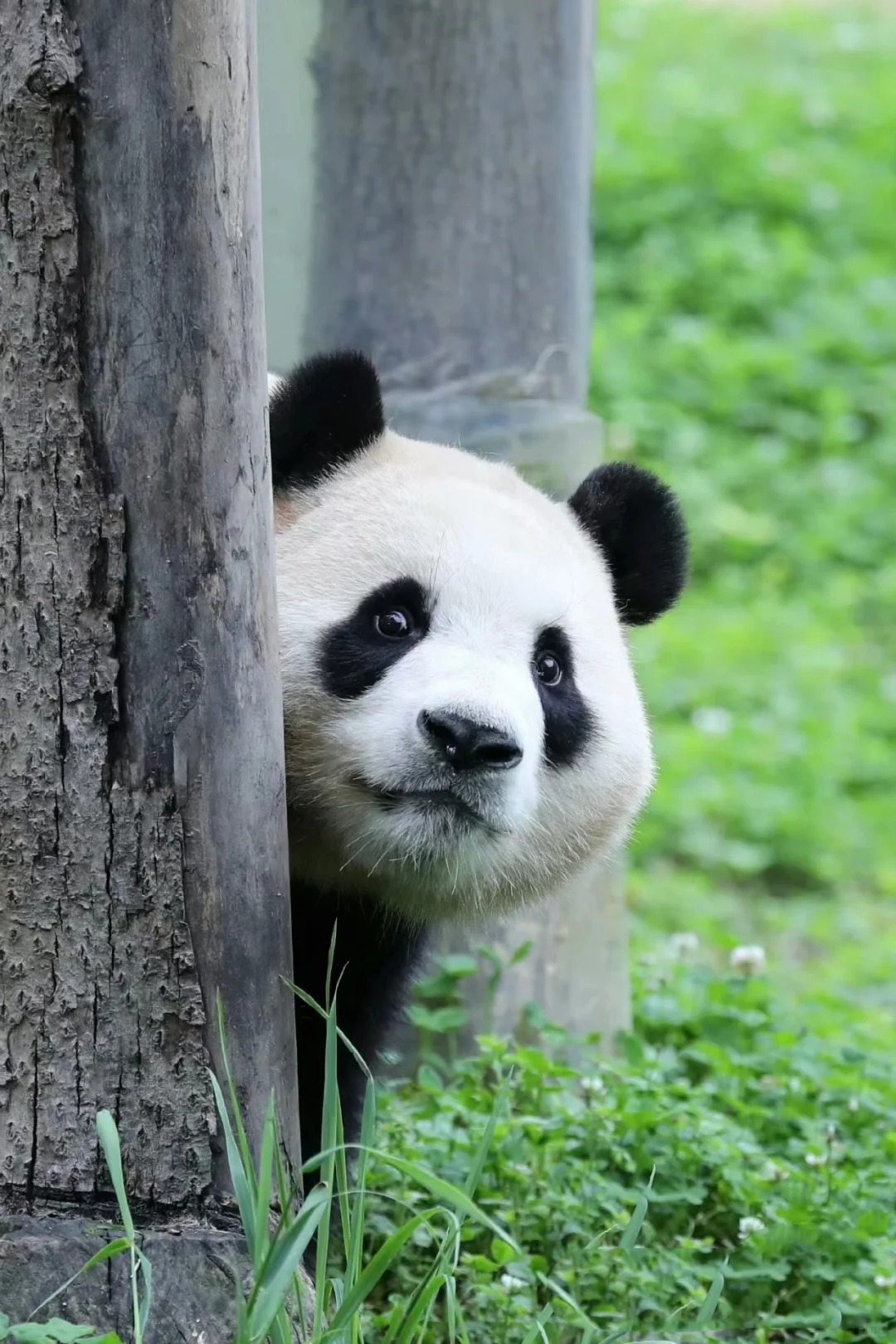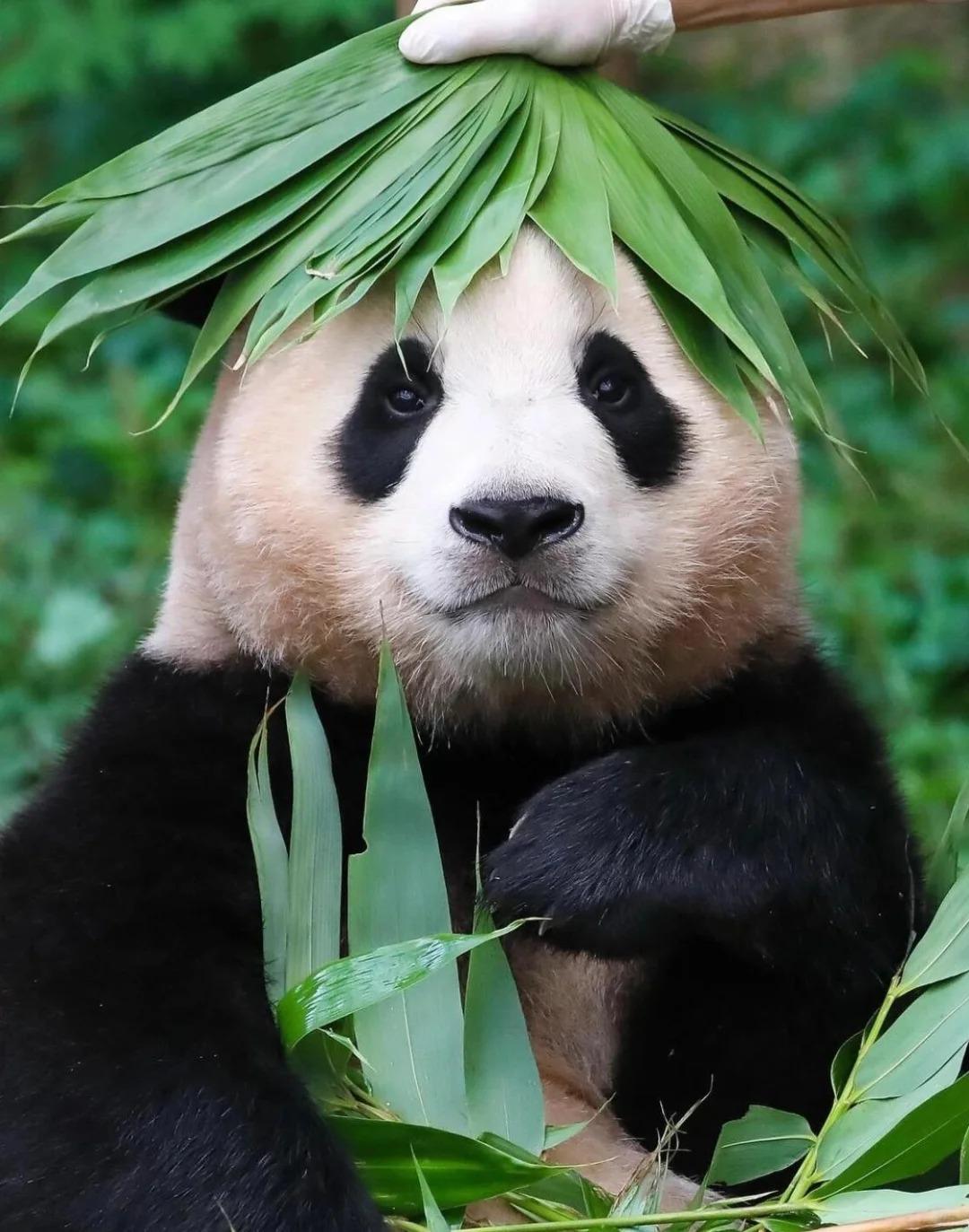Introduction to Panda Cubs
Giant pandas, once on the brink of extinction, have become powerful symbols of conservation success. These beloved black and white bears, native to the bamboo forests of central China, have captured hearts worldwide. The birth of a panda cub, whether in the wild or captivity, is a cause for celebration and hope.
Panda reproduction is notoriously challenging, making each successful birth a significant event. In the wild, females typically give birth every two to three years, while captive breeding programs have improved these odds through scientific intervention.
Panda cubs are born incredibly small and helpless, weighing just 90-130 grams – about the size of a stick of butter. Their journey from vulnerable newborns to playful cubs is a testament to nature’s resilience and human dedication to conservation.

The Panda Pregnancy and Birth Process
Panda reproduction faces unique challenges:
- Females are fertile for only 24-36 hours per year
- Males often lack interest or experience in mating
- Pseudo-pregnancies are common, complicating birth predictions
The gestation period lasts 95-160 days, with most births occurring in late summer. Artificial insemination has become a crucial tool in captive breeding programs, significantly increasing successful pregnancy rates.
During birth, mother pandas typically give birth to one or two cubs, though only one usually survives in the wild. Newborns are hairless, pink, and utterly dependent on their mothers for warmth and nutrition.

Early Development of Panda Cubs
| Age | Milestone |
|---|---|
| Birth | Weighs 90-130g, pink and hairless |
| 1 week | Black and white markings begin to appear |
| 6-8 weeks | Eyes open |
| 3 months | Begin to crawl |
| 5-6 months | Start eating bamboo |
Newborn pandas are among the smallest newborns relative to their mothers’ size in the mammal world. They rely entirely on their mother’s milk for the first two to three months. The mother-cub bond is crucial for survival, with mothers dedicating almost all their time to caring for their young.
In captivity, human caretakers play a vital role, especially in cases of twins where they may need to rotate cubs with the mother to ensure both receive adequate care.

Panda Cub Care in Captivity
Specialized breeding centers, like the Chengdu Research Base of Giant Panda Breeding, provide state-of-the-art facilities for panda reproduction and cub rearing. These centers mimic natural habitats while allowing for close monitoring and intervention when necessary.
Daily routines involve:
- Regular health check-ups
- Monitored feeding sessions
- Playtime for physical and mental stimulation
- Gradual introduction to solid foods
One of the biggest challenges in raising panda cubs is balancing human care with maintaining natural behaviors. As cubs grow, caretakers implement training programs to develop essential skills they’ll need if reintroduced to the wild.

Public Viewing and Naming Ceremonies
Panda cubs typically make their public debut around 100 days after birth, following Chinese tradition. This event often coincides with elaborate naming ceremonies, which have become significant cultural and diplomatic events, especially for pandas born overseas.
Many zoos and breeding centers offer panda cams, allowing global audiences to watch cubs grow in real-time. These virtual viewing options have skyrocketed in popularity, especially during times when in-person visits are restricted.
The presence of a panda cub can increase zoo attendance by up to 50%, providing a valuable opportunity to educate the public about conservation efforts.

Conservation Impact and Research
Captive breeding programs have played a crucial role in bringing pandas back from the brink of extinction. In 2021, giant pandas were reclassified from “endangered” to “vulnerable” by the IUCN, largely thanks to these efforts.
Research conducted on panda cubs provides vital information on:
- Genetic diversity management
- Nutritional requirements
- Behavioral development
- Disease prevention and treatment
Reintroduction programs, though still in early stages, offer hope for bolstering wild populations. These programs rely heavily on the data gathered from captive-born cubs.
International collaboration has been key to the success of panda conservation. Breeding loans between China and other countries have fostered global interest and support for panda protection.

Where to See Panda Cubs
For those eager to see panda cubs in person, several locations offer this heartwarming experience:
- Chengdu Research Base of Giant Panda Breeding, China
- Best time to visit: September-October (peak cub season)
- Offers behind-the-scenes tours (book in advance)
- Wolong National Nature Reserve, China
- Best time to visit: Late summer to early fall
- Features a wild training center for reintroduction programs
- Smithsonian’s National Zoo, Washington D.C., USA
- Check their website for updates on cub births and viewing times
- Excellent educational programs about panda conservation
When visiting, remember:
- Keep voices low and movements slow
- No flash photography
- Follow all guidelines provided by the facility
Whether viewed in person or through a panda cam, panda cubs offer a window into the wonder of nature and the importance of conservation efforts. Their journey from tiny, vulnerable newborns to ambassadors for their species continues to inspire and educate people around the world about the critical need to protect endangered species and their habitats.






